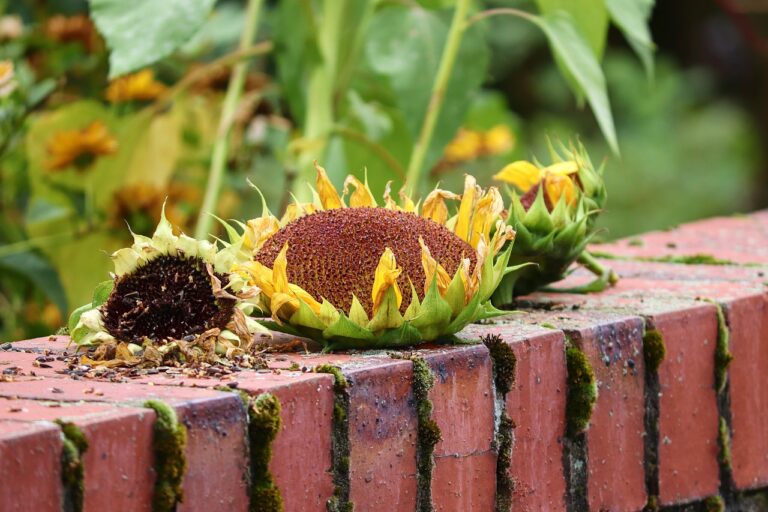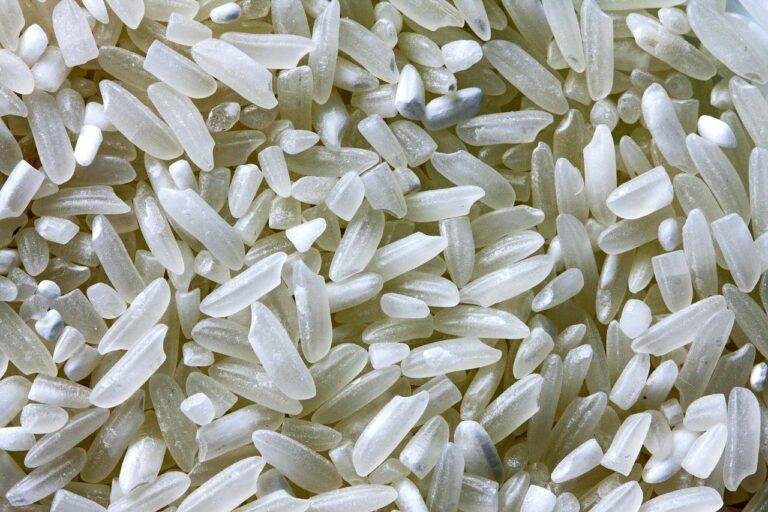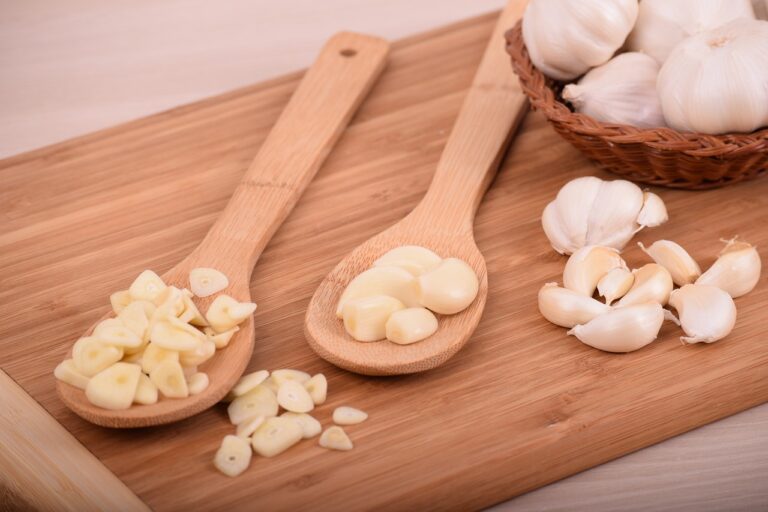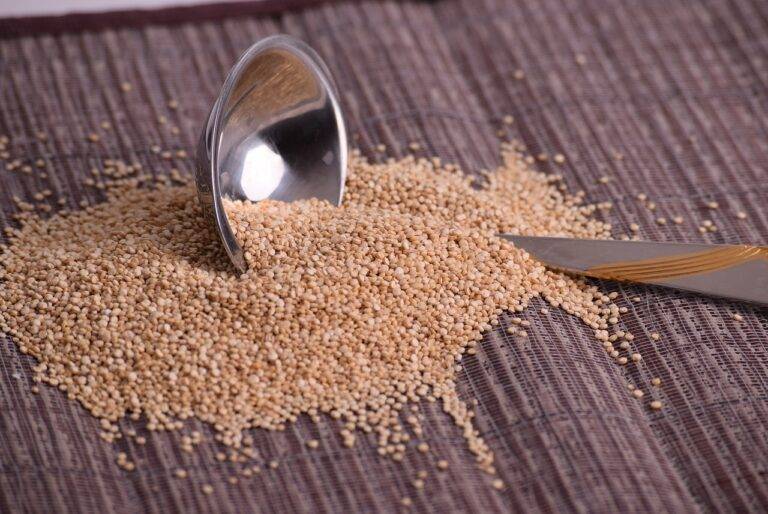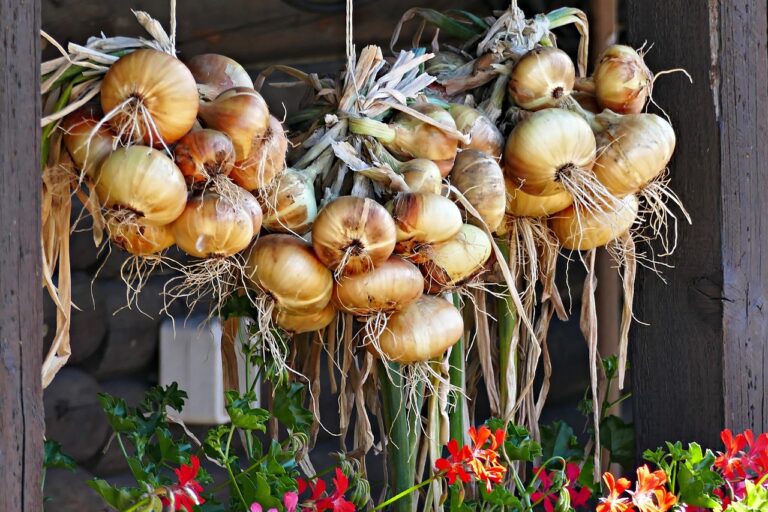The Role of Food Packaging in Reducing Food Waste: Innovations and Best Practices
In recent years, the concept of sustainable packaging has gained significant attention within the food industry. Companies are increasingly recognizing the vital role that eco-friendly packaging plays in preserving food products and reducing environmental impact. By utilizing materials that are biodegradable, recyclable, or made from renewable resources, sustainable packaging not only benefits the planet but also aids in extending the shelf life of various food items.
Moreover, sustainable packaging options such as compostable films, reusable containers, and biodegradable wraps help in maintaining the freshness and quality of perishable goods. By minimizing exposure to oxygen, moisture, and light, these packaging solutions reduce the chances of food spoilage and decay, ultimately contributing to a longer product shelf life. As consumer demand for sustainable practices continues to grow, the integration of eco-conscious packaging methods stands as a pivotal step towards creating a more environmentally-friendly and efficient food preservation system.
Innovative Packaging Solutions to Extend Shelf Life
In the realm of food preservation, innovative packaging solutions play a pivotal role in extending the shelf life of perishable goods. One such solution gaining traction is vacuum packaging, where air is removed from the packaging to minimize oxygen exposure and thereby slow down the process of food spoilage. This method not only prolongs the freshness of the food but also helps retain its nutritional value for longer periods of time.
Another cutting-edge packaging approach is active packaging, which involves incorporating materials or components into the packaging that interact with the food to extend its shelf life. For instance, oxygen scavengers can be added to packaging to absorb any residual oxygen present, preventing oxidation and microbial growth. Such innovative techniques not only contribute to reducing food waste but also offer consumers the convenience of enjoying fresher products for an extended duration.
The Role of Packaging in Preventing Spoilage and Decay
Packaging plays a crucial role in preventing spoilage and decay of food products. By providing a protective barrier against external factors such as light, oxygen, moisture, and microorganisms, packaging helps to maintain the freshness and quality of perishable items. Additionally, packaging materials with proper barrier properties can extend the shelf life of food products, reducing food waste and increasing consumer satisfaction.
Innovations in packaging technology have led to the development of advanced packaging solutions that are specifically designed to prevent spoilage and decay. From vacuum-sealed containers to modified atmosphere packaging, these innovative packaging solutions create an environment that inhibits the growth of bacteria and molds, thereby preserving the quality of food products for a longer period. By employing effective packaging strategies, food manufacturers and retailers can ensure that their products reach consumers in optimal condition, contributing to food safety and sustainability goals.
How does sustainable packaging impact food preservation?
Sustainable packaging helps to reduce food waste by providing a protective barrier against external factors such as moisture and air, which can lead to spoilage and decay.
What are some innovative packaging solutions that can extend the shelf life of products?
Some innovative packaging solutions include vacuum packaging, modified atmosphere packaging, and active packaging technologies that help to control the environment within the packaging to slow down the growth of bacteria and mold.
What role does packaging play in preventing spoilage and decay?
Packaging serves as a barrier to protect food products from external factors such as light, moisture, and air, which can cause spoilage and decay. Proper packaging can help to extend the shelf life of products and ensure that they remain fresh for longer periods of time.


